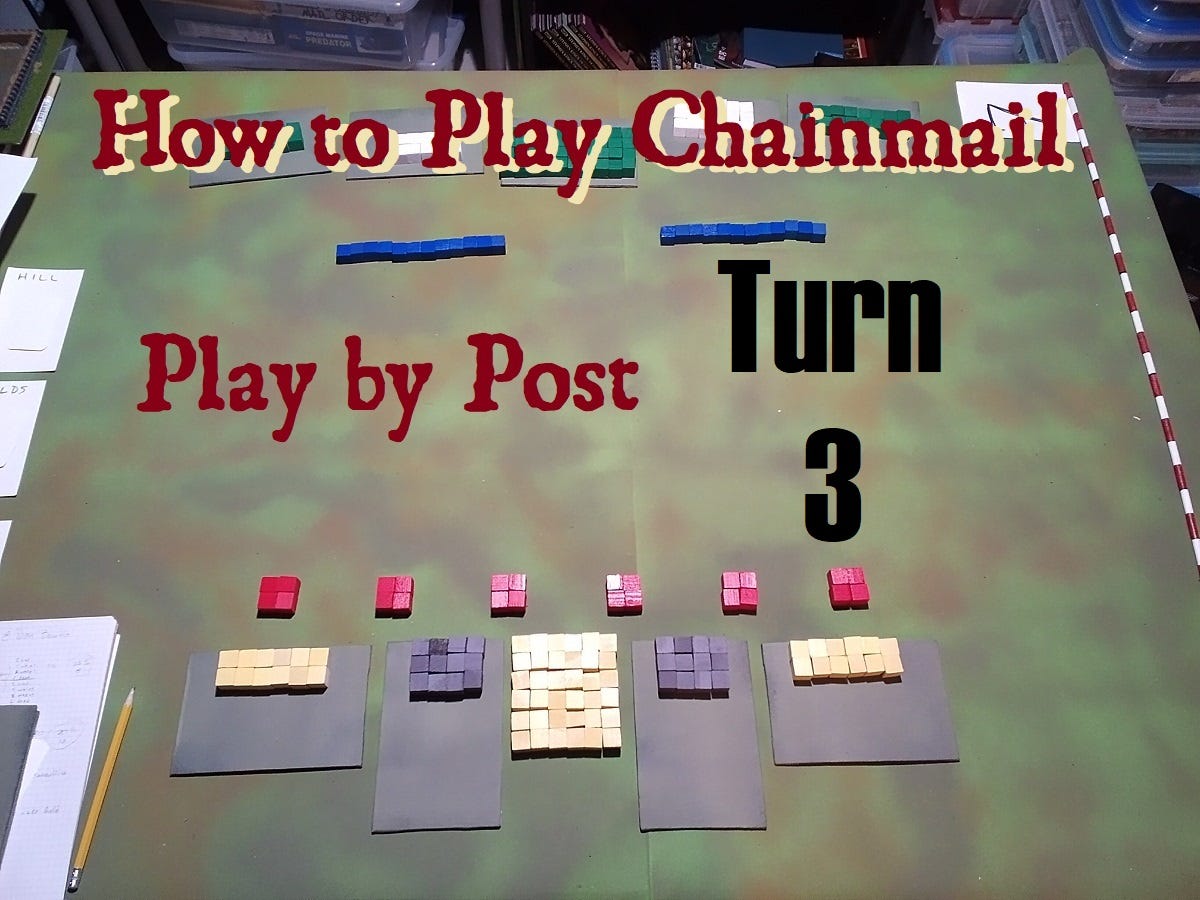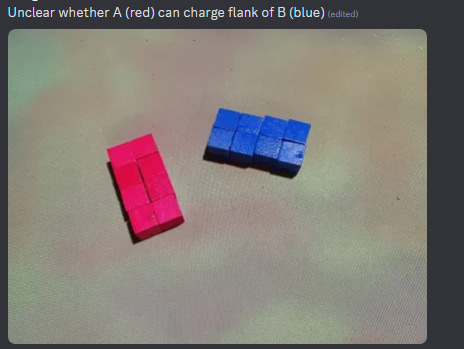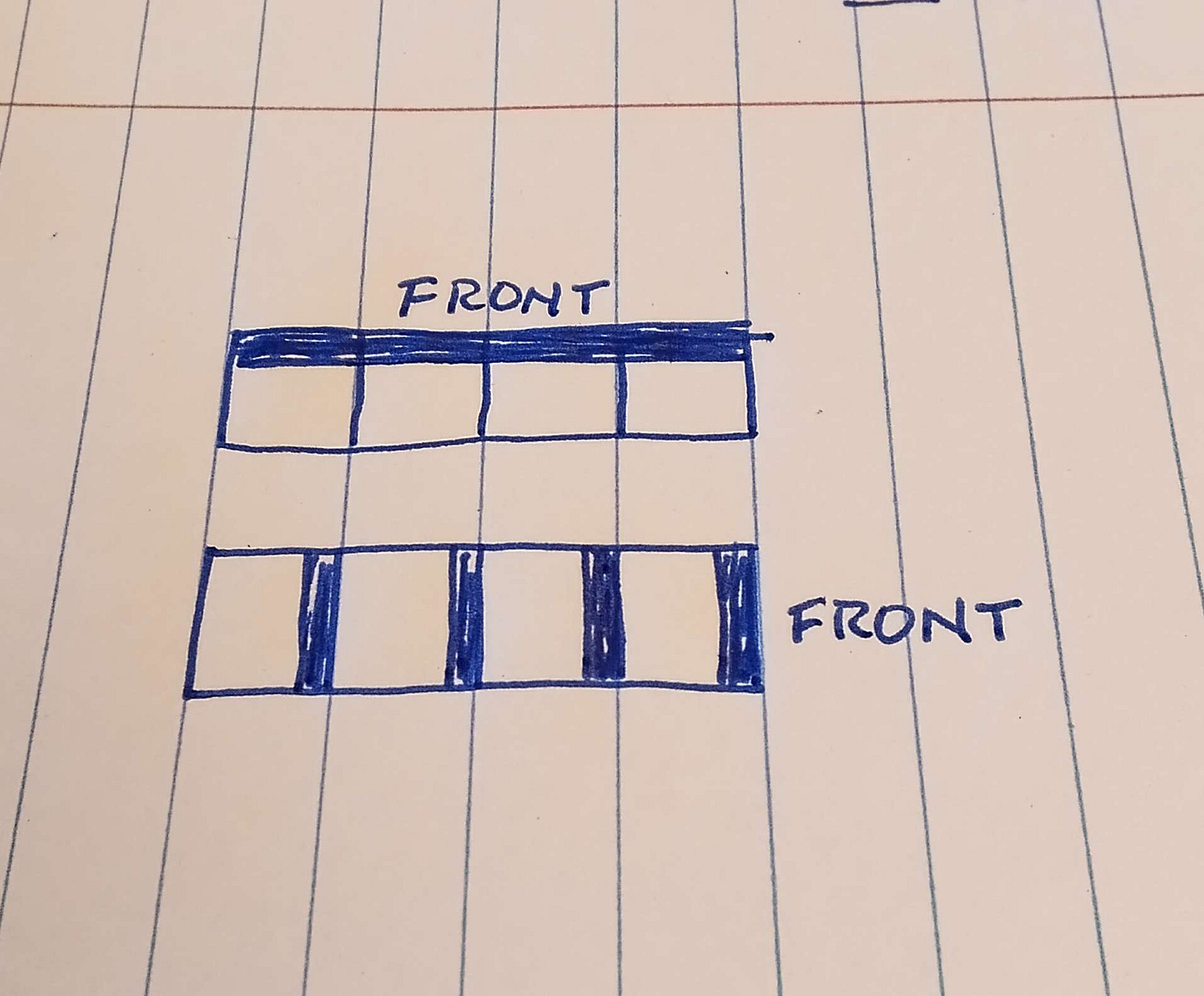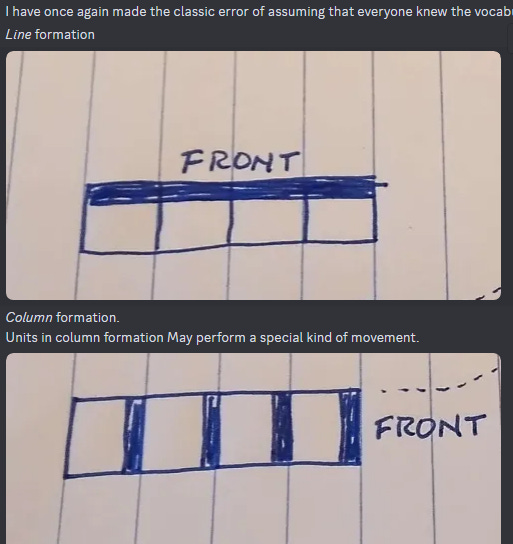Things are starting to get moving.
Green Orders:
North West H Cav - Hold
East H Cav Charge
Skirmishers Hold
West Archers ¼ Turn east
East Archers ¼ Turn West
Heavy Infantry Hold
Armored Infantry ¼ turn east and full advance for remainder
Yellow Orders:
AF advance 2" along current line of march. Pivot to face directly northward. Continue forward as far as possible (max 4").
Western 4 blocks of skirmishers - face to the northeast and march ahead as far as possible (max 9")
LF composite bowmen. Remain stationary. Take pass through fire and missile segment fire on the westernmost enemy HH if opportunity presents itself.
Skirmishers on both flanks of our HF - turn to north and advance 9". If necessary they pause to give way to any friendly cavalry passing to their front.
HF advance to the north 9"
MH will advance, wheeling to the northwest and then advance at the charge (if possible) to make contact with the western block of enemy HH.
HH will advance straight ahead and attempt to charge into the right (western) flank of the enemy HH directly to their front. They will wheel if necessary to do this. If the enemy HH turns to face them, they will charge or advance directly into the front of the enemy HH. HH does NOT advance until the heavy crossbowmen take their shot.
LF heavy crossbowmen take their shot at the enemy HH to the northwest of their position. They will continue to reload and fire at this block of enemy until further notice, taking either pass through or missile segment fire (whichever provides the closest range shot).
Turn 3 Video
Turn 3 Rules Clarifications
There was some confusion in writing the orders about movement, and about how units would interact when charging another unit at an angle. I created some descriptions and shared some diagrams:
On Charges, Failed Charges, and Simultaneous Movement
If a unit declares a Charge, but the distance is greater than its Charge Range, the unit will move 1/2 of the Charge Range distance, then it will "pause" for Pass Thru Fire and any other movements of units nearby (which will also have moved 1/2 of their appropriate movement). After Pass Thru Fire and other movements have been resolved, any Charging units will complete their move, THEN the Failed Charge unit will complete its move, to the extent of its NORMAL …
[EDIT: After a chat with @ Capt Hook on Twitter, (in a real-life meetup for coffee and game-chat!) we determined that the failed charge was not penalized with reduced movement, but rather the penalty was already in the rules as “A unit cannot charge two turns in a row”.]
…movement. Then any other nearby units will complete their moves.
Example: HH have a move of 12, charge of 18. If they have a failed Charge, they will be moved 9, pause for Pass Thru, then move the final
3"9 inches of their normal movement.
If two units move or charge into each other obliquely, and it is unclear whether one unit is able to hit the flank of another, there will be three choices for the collision:
1-2 A strikes front of B
3-4 A strikes flank of B
5-6 A & B hit obliquely, square up, and lap round each other
Terms Defining Movement
Advance means to move forward, straight ahead or at an angle up to 45 degrees left or right.
This image represents "Advancing on the oblique at 45°"
Wheel means for a unit to move by keeping one end of the front line in place while the other end swings around in some fraction of a circle. Wheeling is kind of slow and the movement is measured along the arc of the outside unit.
Right Face or Quarter Turn means for each stand to turn 90° in place to a new facing and then begin any movement afterwards.
Units in column formation, only one stand wide, may perform a maneuver called a "Snake"
A unit may spend one turn’s movement to change from line formation to column formation, (or vice versa) while maintaining the same facing, or changing facing to any other direction.
A column is defined as a unit that has at least two times as many Ranks as it does Files.
(This is less important in Chainmail than it is in other games)
Thanks for watching!
Some more videos are coming, sharing more of this detailed and nuanced game. We are learning a lot and the AAR will be unpacking those lessons and sorting them into playable rules suggestions.














